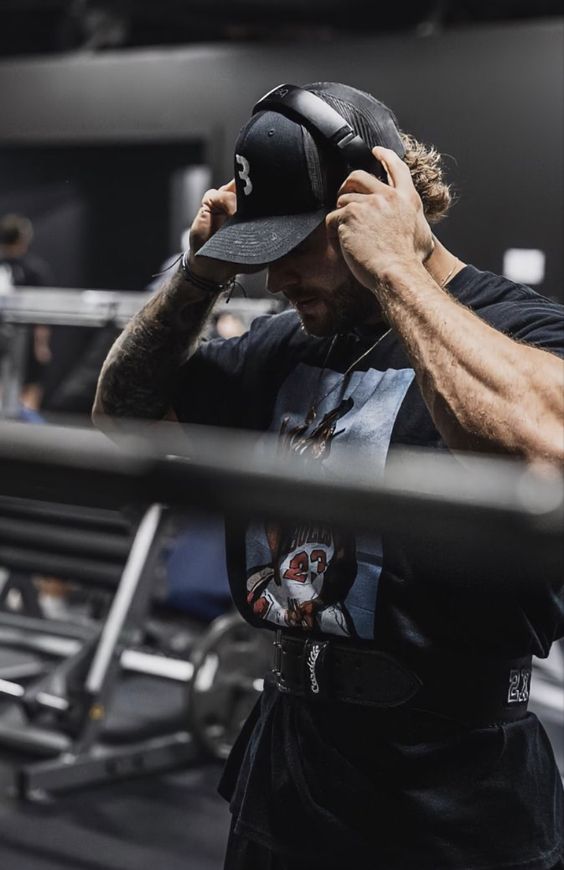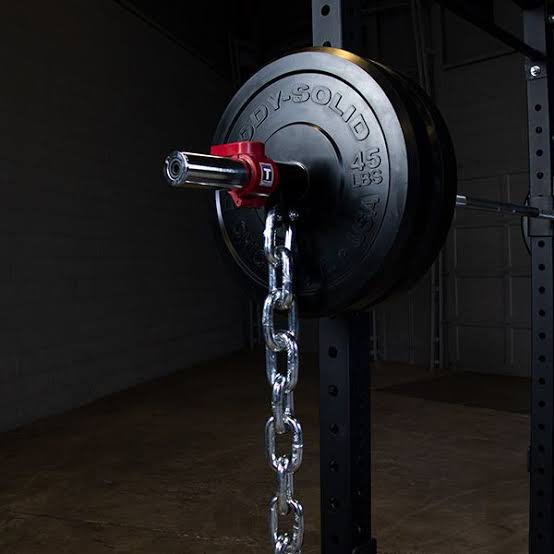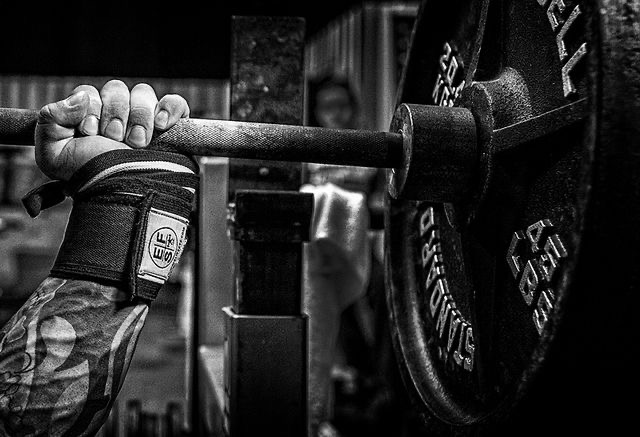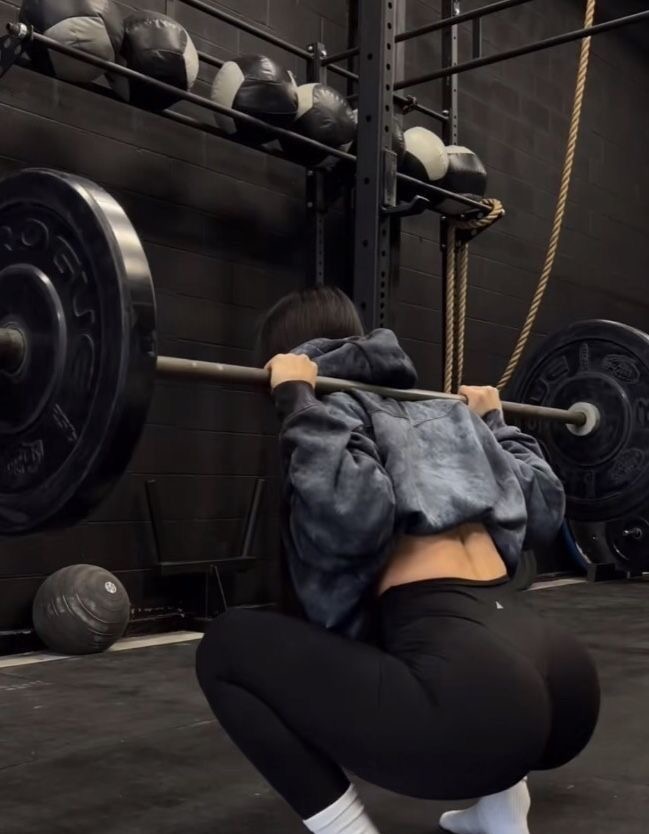Are You Making These 5 Big Mistakes While Using Weight-Lifting Belts?

Weight-lifting belts are great tools for anyone whose goal is strength training. When worn correctly, they can significantly boost your lifting capacity, help you generate more explosive power, and protect you from injury. In fact, research shows that lifters who use belts properly are more likely to lift heavier weights than they typically could. But the key term is properly. A weight-lifting belt only works if used the right way—otherwise, it can be more of a hindrance than a help.
5 Fatal Mistakes While Using Weightlifting Belts.
1. Placing the Belt Incorrectly
The most common mistake I’ve seen is wearing the belt too high on your torso. Many think placing the belt at the core provides better support, but this is counterproductive.
For maximum effectiveness, the belt should sit above your hips and below your ribs. This positioning stabilizes your lower back and increases intra-abdominal pressure, which gives you better control during heavy lifts. If your belt is placed incorrectly, not only are you limiting your performance, but you’re also putting yourself at risk for injury.
when you wear them a little higher or lower than the core, it makes the lift uncomfortable and shifts the focus from the lift to the belt placement.
2. Over-tightening the Weight-Lifting Belts
While I think that your belt should fit Tight but over-tightening is a big mistake. If you pull the belt too tight, you restrict your breathing and limit the movement needed for proper lifting form.
A belt should be tight enough to allow you to push your abdomen against it while bracing your core, but loose enough to let you take a deep breath. If you can’t comfortably expand your midsection, the belt is doing more harm than good.
I’ve seen most people in the gym over-tightening them thinking it will provide more support but it makes the lift even harder when they can’t even breathe properly so they get uncomfortable then it shift there focus more on the belt than a lift and it also can lead to injuries like muscle strains and hernias.
3. Wearing the Belt for Every Exercise
Weight-lifting belts are designed for specific lifts—primarily heavy compound exercises like squats and deadlifts.
Wearing a belt during exercises like bicep curls or leg extensions is not only unnecessary and provide no additional benefits but makes easy setup exercises complicated. Use the belt strategically during lifts where maximum support is needed like when hitting your heavy sets, rather than making it a constant accessory because light or warmup doesn’t require additional support .
Here are some main exercises where using a weight-lifting belt can be highly beneficial:
- Squats (Back and Front Squats): Squats put a heavy load on your lower back and core, you can use belt to stabilise your spine and maximizing power during the lift.
- Deadlifts (Conventional and Sumo): While performing a deadlift core has to be tight. A belt keep the core nice and tight while maintaining proper form and providing extra support, allowing you to lift heavier and reduce the risk of injury.
- Shoulder Press: When lifting heavy weights on shoulder presses your back gets bent, putting pressure on the lower back, a belt helps stabilize your core and support the lower back, giving you better control and reducing strain.
- Bent-Over Rows: For heavy rows, especially barbell rows, wearing a belt can help protect your lower back by providing added stability as you hinge forward.
- Clean and Jerk / Snatch (Olympic Lifts): Olympic lifts require explosive power and stability. A belt ensures your core is braced and protected during these dynamic movements.
These exercises involve heavy compound movements where the risk of injury is higher, making a belt an important tool for safety and performance.
4. Neglecting Proper Bracing Technique
A Weight-lifting belt is only as good as the lifter’s bracing technique. Simply wearing a belt doesn’t magically improve your lifts—you need to combine it with proper core engagement. Before each lift, take a deep breath into your diaphragm and press your abdomen outward against the belt to execute this you can think that someone is punching on your abdominals. This creates the necessary intra-abdominal pressure, allowing for better stability and control during the lift. Without proper bracing, the belt’s effectiveness is dramatically reduced.
5. Falling for Gym Myths and “Bro Science”
The gym is full of outdated advice and misinformation passed down by self-proclaimed experts. The last and perhaps most critical mistake is blindly following what you hear from others, especially when it’s not based on facts. Many lifters believe things like “the tighter, the better” or that a belt can fix all lifting issues. Don’t take advice at face value—especially from that one guy in the gym who’s been lifting for years but still spreads old, debunked tips. Always verify your information with credible sources or consult certified trainers who understand the biomechanics of lifting.
My Personal Take on Weight-Lifting Belts

Let me be honest—I don’t hit deadlifts as often. I used to during the first couple of years of my lifting journey, but now my focus is more on building a strong upper back. These days, I mainly rely on weightlifting belts when I’m squatting heavy. While deadlifts are undeniably a fantastic exercise, my current training style prioritizes other movements.
When I do wear a belt, especially during squats, the difference is clear: my core feels solid, my back stays straight, and I feel a lot more supported throughout the lift.
You’ll find belt in my gym bag every single day but I don’t use them all the times, sometime I like to go raw without straps or belts to check what my body is capable of without any support. I’m selective about when I use it. It’s reserved for those heavy squat sessions, the occasional deadlift, and when I’m rowing heavy on back days. The reason I’m cautious is because I’ve dealt with back pain for a long time—being a skinny kid with poor posture growing up. But now I am a better I don’t feel any pain—still belt help in protecting my back and keep me in the game for the long run.
Conclusion
A weightlifting belt is a powerful tool—when used correctly. From proper positioning to understanding when and how to use it, avoiding those common mistakes can make a significant difference in your lifting performance. Remember, it’s not just about wearing the belt—it’s about using it intelligently and combining it with the right techniques. Stay informed, lift smart, and let the belt work for you, not against you.
If you love deadlifts a lot then also check an expert advice on lifting straps.






One Comment